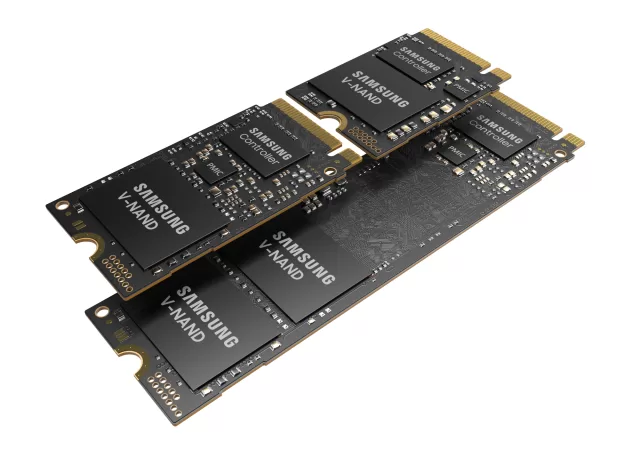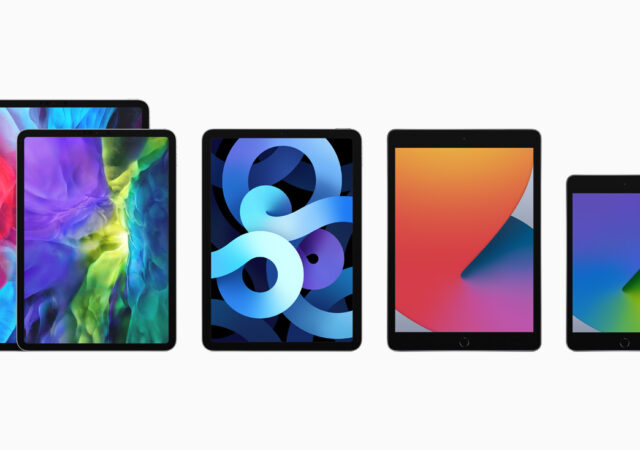Samsung introduces their latest PCIe 4.0 M.2 SSD with 5nm tech for everyday high-performance computing with 6GB/s/5.6GB/s read/write speeds.
Xiaomi Mi 11 is Finally Globally Launched
Xiaomi just released the Xiaomi Mi 11 to the world. The new flagship packs a Qualcomm Snapdragon 888 5nm 5G SoC at EU€ 749.
The 8th Generation iPad and Apple iPad Air for 2020 Are the Most Powerful Tablets in Their Classes
Apple just launched their brand new 8th Generation iPad and iPad Air to take on 2020 from MYR 1,449 and MYR 2,599 respectively.





